Jan Vermeer: The Mysterious Master of Light
The Dutch baroque painter Jan Vermeer is one of the most famous in the world today. Nevertheless, there is much unknown about the elusive artist.
There are many secrets about the Dutch baroque painter Johannes (Jan) Vermeer. Starting with the question of who actually sat as a model for his most famous work, The Girl with the Pearl Earring, to his exact dates of life, because neither Vermeer's date of birth nor the day of his death are known. In addition, there are few reports about him from his contemporaries or his own records.
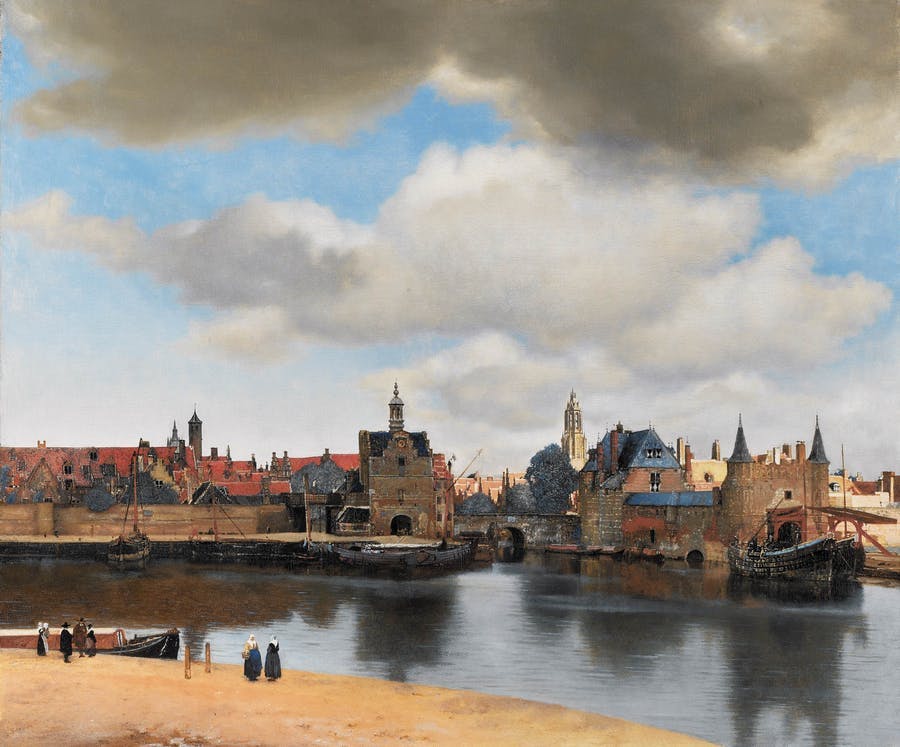
The first record of Vermeer is from the day of his baptism, which took place on October 31, 1632 in the Nieuwe Kerk in Delft. His mother's name was Digna Baltens, and his father was a silk weaver from Amsterdam, who had settled in Delft in 1611. In addition to silk weaving, he also worked as an art dealer and owned an inn. Jan Vermeer was the couple's only son.
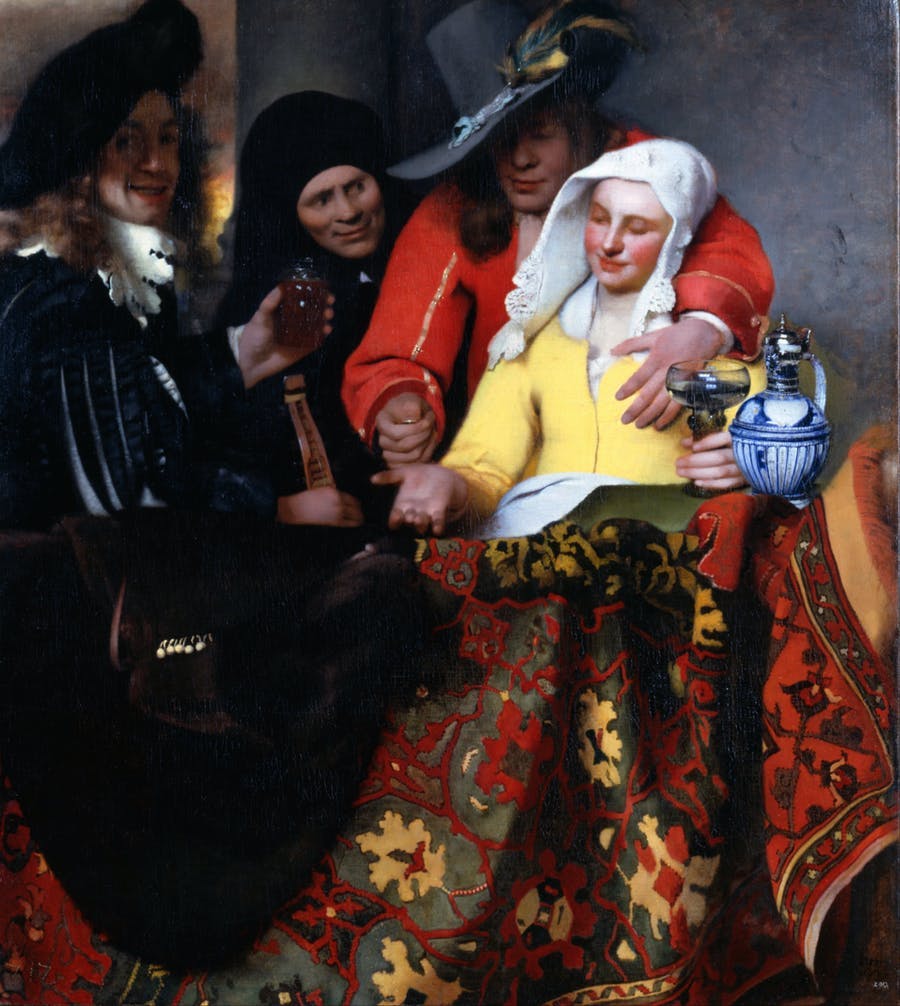
Vermeer grew up amidst this environment, characterized by art and shimmering silk fabrics as well as by rough pub scenes, which certainly played a role in his decision to become a painter. Presumably one of the artists his father represented became aware of the boy's talent and accepted him as his student. Who that was, however, is another of Vermeer's secrets. The Utrecht Caravaggists, who devoted themselves to the chiaroscuro (light and dark painting) of the Italian Caravaggio, had a great influence on his work.
1653 was an important year for Jan Vermeer, who, after the death of his father the previous year, helped his mother run the inn and took over his father's art trade. On April 20, he married a wealthy Catholic woman, Catharina Bolnes, and on December 29th he was accepted into the Guild of St. Luke in Delft. To be a master in the guild, one had to be married.
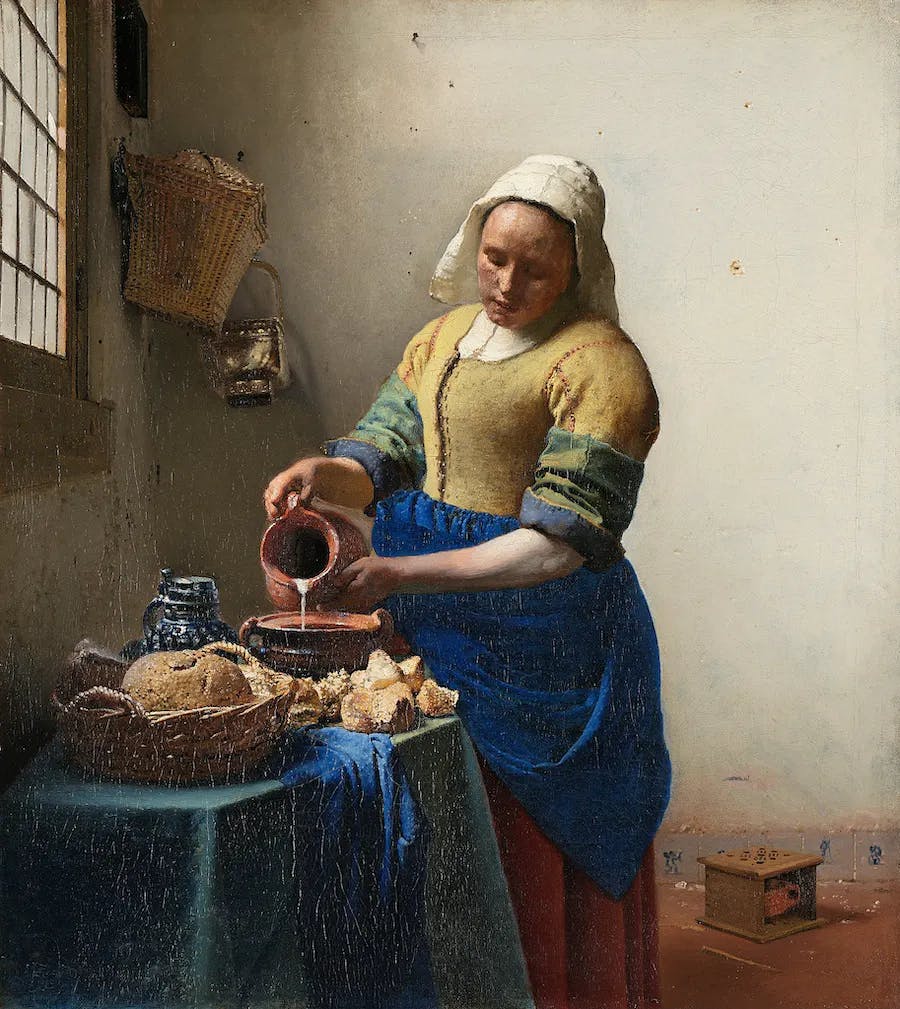
Related: Vermeer's Milkmaid Reveals Her Secrets
The Vermeers' marriage resulted in 15 children, four of whom died early. Feeding such a large crowd of children was a challenge, especially when Vermeer only made two paintings a year, which explains why today only 37 works by his hand are known. Most of Vermeer's works were commissioned works that he painted for his patrons, one of the most important among them was the baker Hendrick van Buyten. Vermeer was well paid for his artworks and was highly regarded in Delft, as he held the post of dean of the Guild of St Luke twice in the 1660s and 70s.

In 1660 the Vermeer family moved into Catharina Bolnes' family house on Oude Langendijk in Delft. In the following phase of his oeuvre, he painted small-format genre scenes in which an upper middle class lady is the focus as she is reading, writing or making music.
Related: The Top 10 Stolen Paintings

Many of these paintings have one thing in common: the incidence of light from the left. This coincidence, as well as the points of light that Vermeer added to many of his works and some optical phenomena, have led to the question of whether the painter might have resorted to a permanently installed camera obscura for the execution of his paintings. This is not entirely unlikely, as optics had made great strides with ever more precise lenses.
Related: A Cupid Revealed in a Vermeer Painting after 300 Years
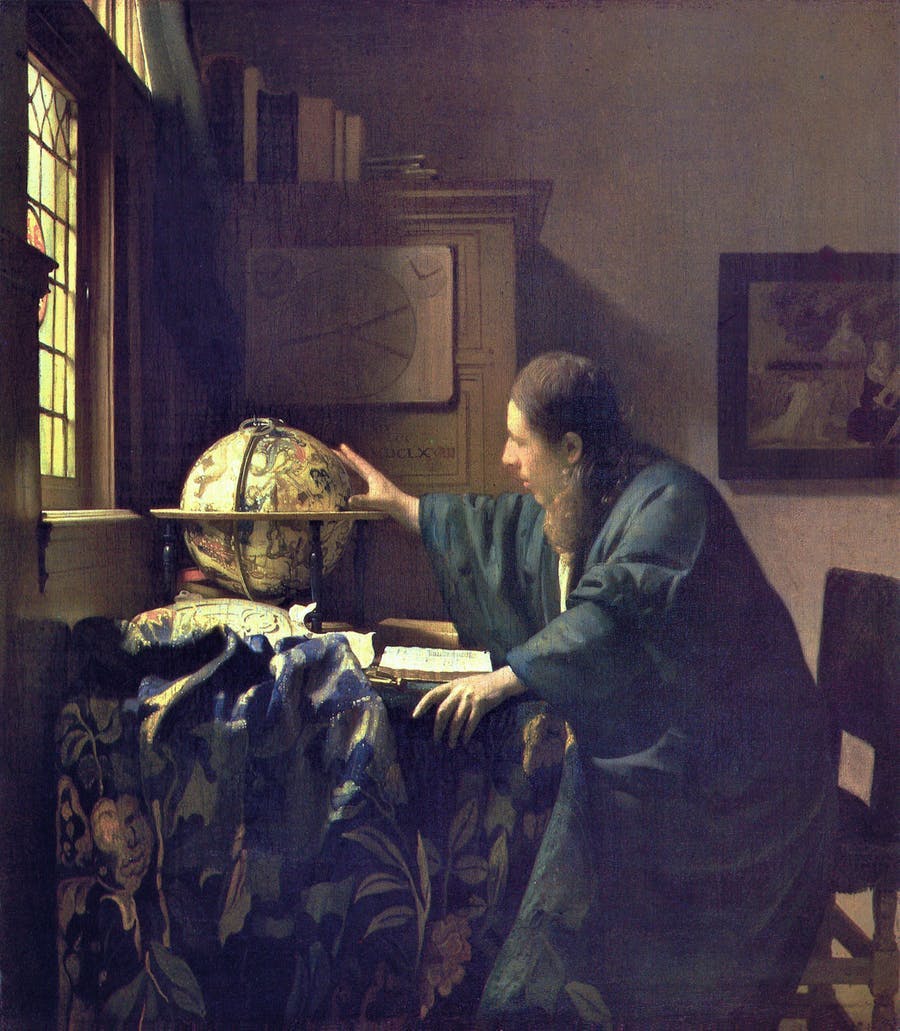
In general, Vermeer's works are a reflection of the prosperity that prevailed in the Netherlands at the time. The republic owed this to its East India and West India Company, which brought spices, fabrics and porcelain from Asia, as well as the much sought-after beaver pelts from North America, which were made into expensive felt hats, to the ports of their homeland. Silk fabrics, oriental carpets and pearls, as well as Far Eastern porcelain can be found again and again in Vermeer's paintings. Many of these objects would have belonged to the inventory of the artist's household.
Related: New Secrets Revealed About Girl with a Pearl Earring
It is similar with his models. In addition to his wife Catharina, his numerous daughters also modeled for him in later years, one of them presumably for the famous Girl with the Pearl Earring.

In the 1670s, however, the Dutch-French War put an end to the Golden Age. Vermeer, like his colleagues, was affected. The previously lively art market collapsed, and selling a painting became increasingly impossible.
Related: The 10 Most Famous Works of Art and Where to Find Them
Perhaps heightened financial worries played a role when Vermeer became seriously ill in 1675 and eventually died, leaving his wife with nothing but debt. And there is also a mystery about this last event in Vermeer's life, because like the day of his birth, the day of his death is not known. We do know Jan Vermeer was buried on December 15, 1675 in the Oude Kerk in his hometown of Delft.
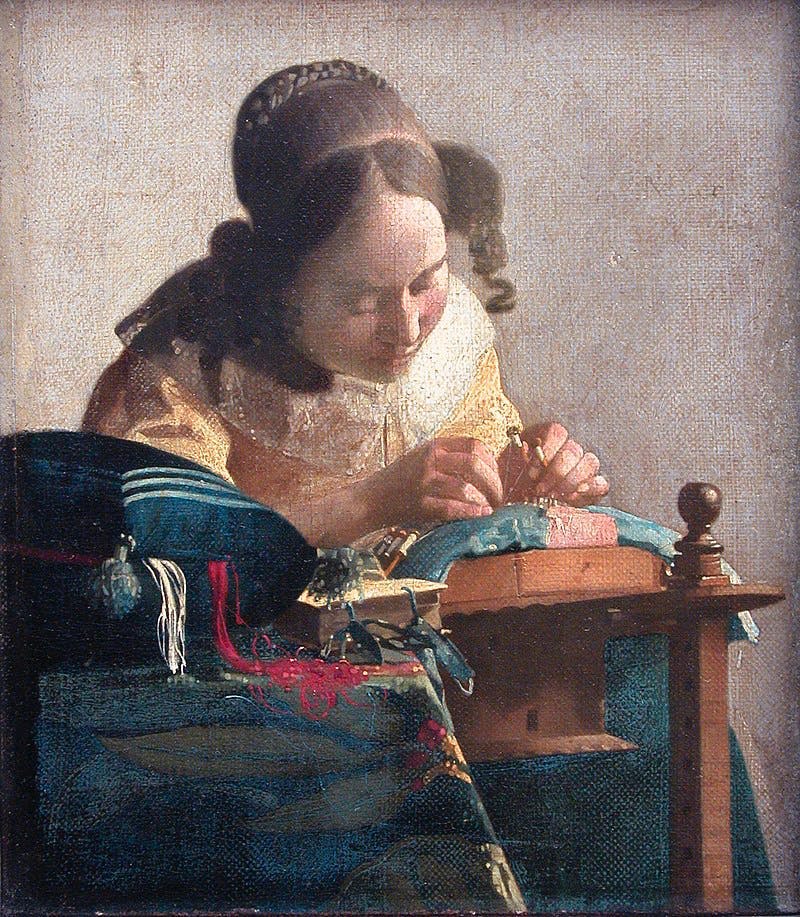
After his death, Jan Vermeer was quickly forgotten. It was not until the end of the 19th century, after the Impressionists had rediscovered light as a stylistic device, that Vermeer, the mysterious master of light, was in the spotlight again.
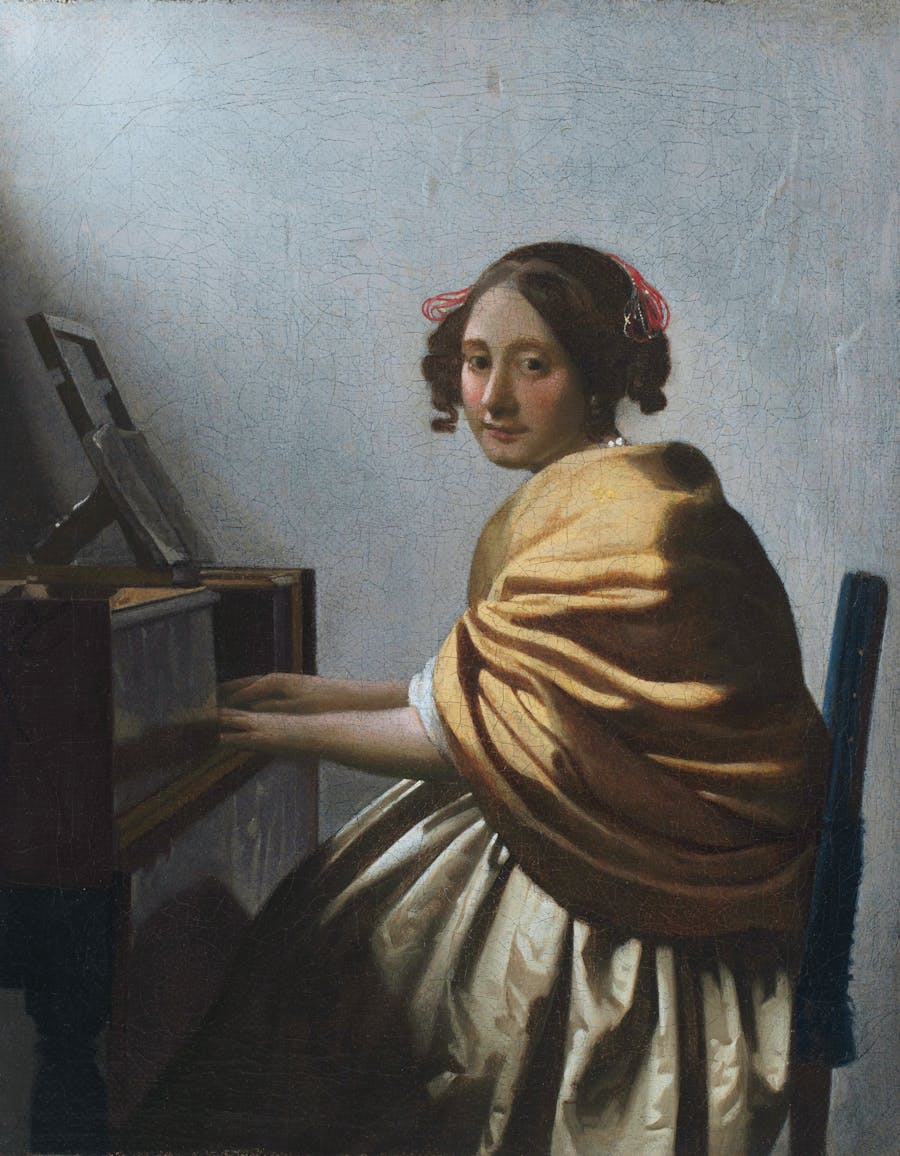
Related: 6 Iconic Dutch Paintings
Most of Vermeer's works are found in the world's most important museums and collections, including the Louvre, Mauritshuis, the Met, the National Gallery and the Royal Collection. His works rarely come up for auction, but his record was set with the 2004 auction of A Young Woman Seated at the Virginals, which sold for $29.4 million to American billionaire Steve Wynn. It is now in the New York-based Leiden Collection of Dutch Golden Age art.
Discover more artist biographies in Barnebys Magazine
This is an updated version of the article originally published on November 2, 2020


